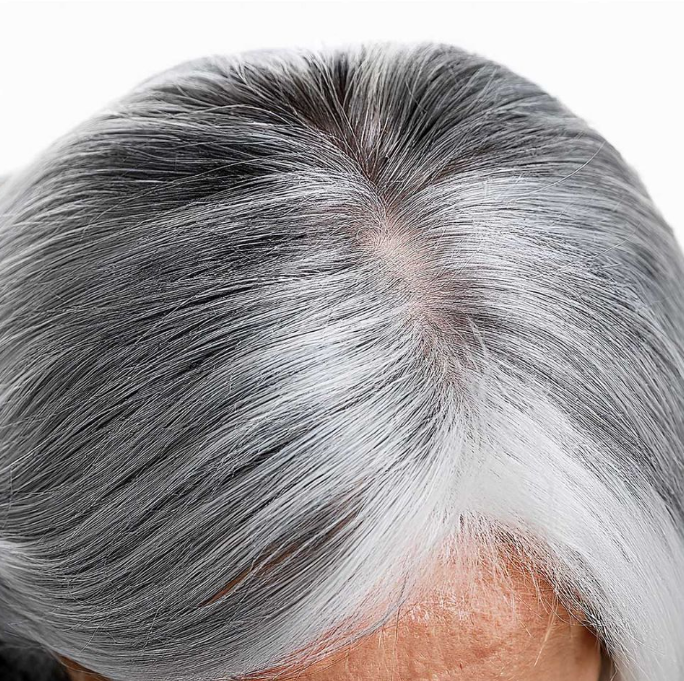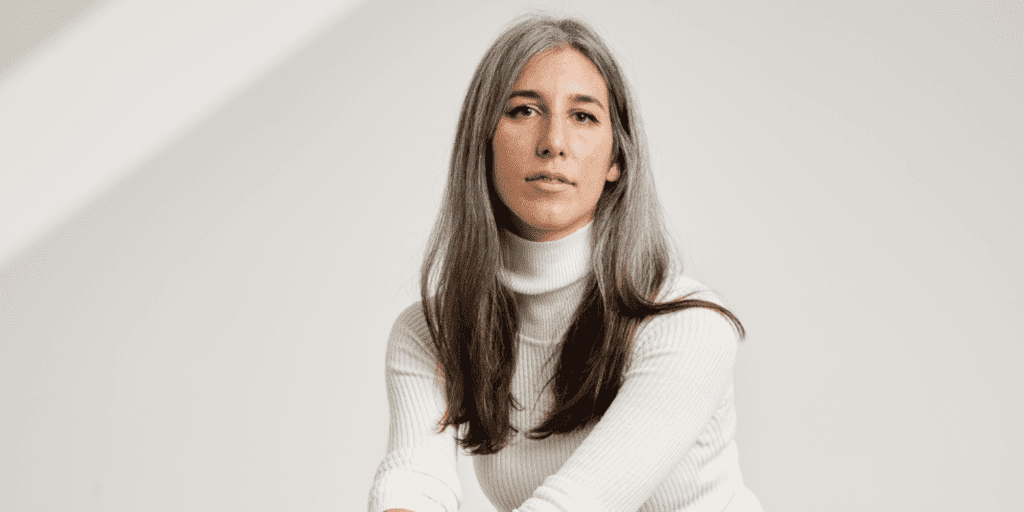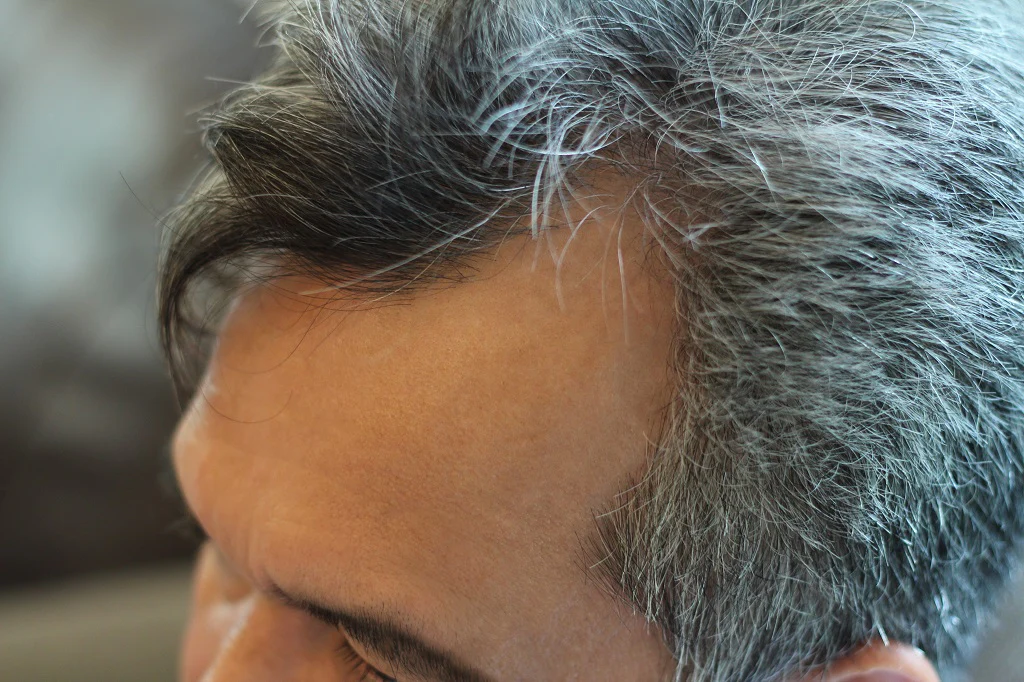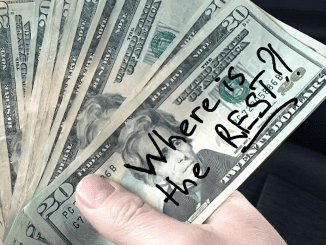Gray hair is often associated with aging, but many people find themselves noticing those silver strands much earlier than expected. It can be surprising and sometimes concerning, especially for those in their 20s or 30s. However, early graying is more common than you might think, and it’s influenced by various factors, from genetics to lifestyle habits. Understanding why some folks go gray early and what you can do about it can help ease the frustration and even delay the process.
The Science Behind Hair Color

Hair color is determined by a pigment called melanin, which is produced by melanocytes located within the hair follicles. There are two types of melanin: eumelanin, which produces black and brown hues, and pheomelanin, responsible for red and yellow tones. As we age, these melanocytes gradually produce less melanin, which leads to the hair turning gray or white. When melanin production declines to a certain point, gray hairs start appearing.
Interestingly, graying can begin earlier in life due to a combination of genetic, environmental, and health-related factors. But melanin production is just part of the story—there’s a lot more that can accelerate or delay this process.
Genetics and Early Graying
Your genetic makeup plays a significant role in when you start to go gray. If your parents or grandparents grayed early, there’s a good chance you might follow suit. Studies have identified certain genes linked to early graying, such as variations in the IRF4 gene, which plays a part in regulating melanin production. While you can’t change your genetics, being aware of your family history can help you understand when you might expect those first gray strands to show up.
Environmental Factors That Accelerate Graying
External factors, such as sun exposure and pollution, can also impact the health of your hair. Ultraviolet (UV) radiation from the sun can damage hair follicles, while pollution introduces harmful chemicals that may accelerate the graying process. UV radiation, for example, produces free radicals that can degrade melanocytes and reduce melanin production, hastening the appearance of gray hair.
Additionally, constant use of chemical treatments, such as hair dyes and bleaches, can damage hair, leading to early graying. The harsher the products you use, the more likely you are to experience damage that accelerates graying.
Lifestyle Influences on Gray Hair
Your lifestyle can have a huge impact on when you go gray. Smoking is one of the biggest culprits. The toxins in cigarettes cause oxidative stress, which damages cells, including melanocytes, speeding up the graying process. People who smoke are more likely to experience premature graying compared to non-smokers.
Other lifestyle factors, such as poor diet, lack of sleep, and a sedentary lifestyle, can also contribute. A diet lacking in essential nutrients can weaken hair follicles, making them more prone to graying. Your hair needs a healthy supply of vitamins and minerals to maintain color and vitality.
Health Conditions and Nutritional Deficiencies

Certain health conditions can lead to premature graying. Autoimmune disorders like vitiligo or alopecia areata can attack melanocytes, reducing melanin production and causing the hair to gray. Additionally, nutritional deficiencies, particularly in Vitamin B12, iron, and folic acid, can weaken hair follicles and accelerate graying.
Getting regular check-ups and ensuring you’re getting the right nutrients can help reduce your risk of premature graying. Eating a well-balanced diet rich in vitamins and minerals can significantly improve your hair’s health.
Stress and Its Impact on Hair Color
Stress is often blamed for causing gray hair, and while it doesn’t turn hair gray overnight, there is some truth to the idea that chronic stress can accelerate the graying process. Stress triggers the release of hormones such as cortisol, which can damage melanocytes and reduce their ability to produce melanin. Additionally, oxidative stress, caused by emotional strain, contributes to the overall aging process, including the appearance of gray hair.
Managing stress through relaxation techniques, exercise, and sufficient rest can help preserve your natural hair color for longer.
Preventive Measures and Treatments for Early Graying

While there’s no surefire way to stop graying entirely, there are ways to slow down the process and manage it more effectively.
1. Dietary Changes to Support Hair Health
Eating a balanced diet full of antioxidant-rich foods can help protect your hair from oxidative stress. Foods high in vitamins B12, folic acid, copper, zinc, and iron are particularly beneficial for hair health. Leafy greens, nuts, seeds, eggs, fish, and fruits should be staples in your diet to promote melanocyte function and melanin production.
2. Gentle Hair Care Practices
Avoiding harsh chemicals and heat styling tools can make a significant difference in delaying graying. Opt for shampoos and conditioners made from natural ingredients that nourish the hair without stripping it of its natural oils. Regular scalp massages can also stimulate blood flow to the hair follicles, promoting healthy hair growth and potentially slowing down the graying process.
3. Medical Treatments and Supplements
For those who want to take a more active approach to manage gray hair, there are medical treatments available. Topical applications of melanin-promoting compounds, such as catalase, have shown some promise in reversing graying. Additionally, supplements designed to address nutritional deficiencies, such as Vitamin B12, zinc, and iron, can improve hair health.

Always consult a healthcare provider before starting any new treatments, especially if you have underlying health conditions.
Embracing Gray Hair: A New Trend
While some people may feel anxious about going gray, others are embracing it. Gray hair has become a fashion statement in recent years, with more people choosing to let their natural color shine or even dyeing their hair silver. It’s important to remember that gray hair is a normal part of life and doesn’t have to be something you hide or fight against.
Conclusion: Early Graying is Not the End
Premature graying can be a confusing and frustrating experience, but understanding the factors behind it—such as genetics, environmental stressors, and lifestyle choices—can help you take control. While it may not be possible to prevent graying entirely, adopting a healthy lifestyle, using gentle hair care products, and exploring treatments can help manage and potentially delay the onset of gray hair.
Embracing gray hair as a natural part of aging can also help shift the perspective from seeing it as a negative to something that reflects wisdom, experience, and confidence. So, whether you choose to color your hair or let it go naturally gray, the most important thing is how you feel in your own skin (or hair).


